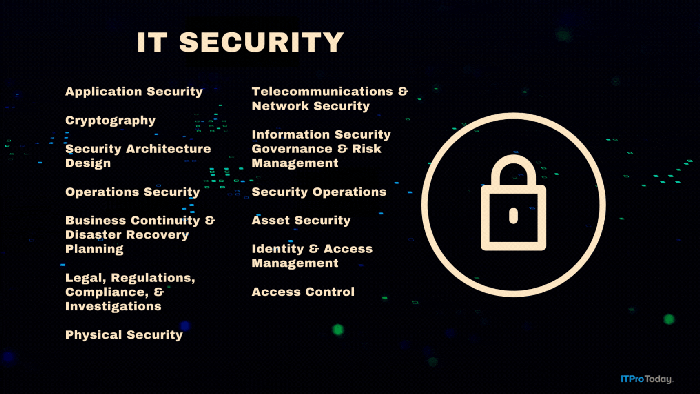Reader to Reader - 14 Jul 2000
Evan Morris warns you to remove the default Configuration Connection Agreement before you remove the last server in a site when you're migrating users from Exchange Server 5.5 to Exchange 2000 Server.
July 14, 2000
Removing the Default Connection Agreement
[Editor's Note: Email your Exchange Server and Outlook solutions (400 words maximum) to R2R at [email protected]. Please include your phone number. We edit submissions for style, grammar, and length. If we print your contribution, you'll get $100.]
Save yourself some trouble with the Active Directory Connector (ADC). When you finish migrating users from Exchange Server 5.5 to Exchange 2000 Server, remove the default configuration connection agreement (ConfigCA) before you remove the last Exchange Server 5.5 server in a site.
I discovered this sequence in my lab when I installed the ADC from the Exchange 2000 installation source and configured the Default Configuration CA to synchronize with one of my Exchange Server 5.5 sites. Remember that the ADC provides two-way synchronization between the Windows 2000 Active Directory (AD) and the Exchange Server 5.5 directory. When I finished with the first Exchange Server 5.5 site, I uninstalled the Exchange Server 5.5 server. Errors immediately began to appear in the Application event log, stating that LDAP Bind was unsuccessful to the server that I had just removed. "No problem," I thought. "I'll delete the CA." However, I discovered that you can't delete the Default ConfigCA. The solution seemed to be to uninstall the entire ADC. But when I attempted to uninstall the ADC, I received the error message Setup is unable to continue as it has detected that there are one or more Connection Agreement(s) associated with this ADC. You must first delete the CA(s) or configure them to run under a different Connector service before attempting to remove this Connector service.
Instead of uninstalling the ADC, I attempted to bypass the problem by setting the CA replication schedule to None. However, the ADC was still generating errors every half hour even with the replication schedule set to none! I couldn't delete the CA or uninstall the ADC. Visions of dangerous hacking with ADSI Edit began to appear before my eyes. After a bit of searching, I found the resolution in another Win2K administrative tool: AD Sites and Services. With this Microsoft Management Console (MMC) snap-in, I could delete the entire ADC (and all CAs).
To locate the ADC in the AD Sites and Services tool, expand Sites, Servers, servername, and finally Exchange Settings. After you've deleted the ADC, you can reinstall it by selecting Microsoft Active Directory Connector in the Control Panel Add/Remove Programs applet and clicking the Reinstall button.
—Evan Morris
[email protected]
About the Author
You May Also Like







.png?width=700&auto=webp&quality=80&disable=upscale)